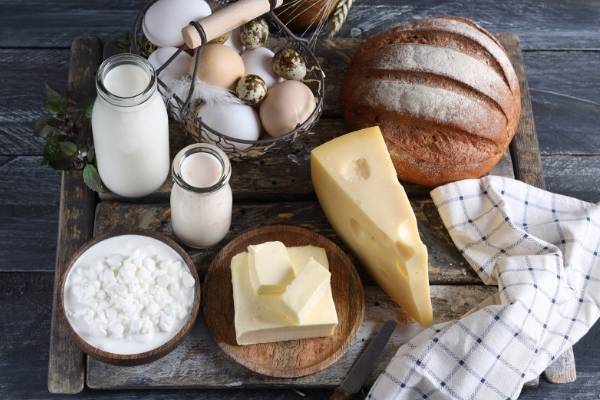
Cheese and Milk Around the World: The Global Dairy Tour
mikephilipsforcongress.com – Dairy products are a staple in many diets around the world, with cheese and milk being two of the most popular. Each region has its unique way of producing and consuming these dairy goods, reflecting the local culture, climate, and agricultural practices. The Global Dairy Tour takes us on a journey around the world, exploring the diverse and delicious dairy traditions that have been passed down through generations.
Europe: The Birthplace of Cheese
Europe is home to some of the oldest and most renowned cheese-making traditions. From the creamy, pungent Roquefort of France to the nutty, sweet Gruyère of Switzerland, each country boasts a variety of cheeses that are integral to their culinary identity. Italy’s Parmigiano-Reggiano and mozzarella, Spain’s Manchego, and the Netherlands’ Gouda are just a few examples of the continent’s vast cheese repertoire.
The United States: Innovation and Diversity
In the United States, dairy farming is a significant industry, with Wisconsin and California leading the way in milk production. American cheese-makers have embraced both traditional European techniques and modern innovation, resulting in a wide range of artisanal cheeses. The U.S. is also known for its consumption of processed cheese products, such as cheese slices and spreads, which have become a staple in American cuisine.
Africa: Camel Milk and Goat Cheese
Africa’s dairy traditions are as diverse as the continent itself. In many regions, goat and sheep milk are preferred over cow’s milk, leading to a variety of unique cheeses. Camel milk is also a significant dairy product in parts of North Africa and the Sahel, valued for its nutritional benefits and ability to withstand the harsh desert conditions.
Asia: Soy Milk and Traditional Cheeses
While dairy consumption is lower in many parts of Asia due to lactose intolerance, there are still rich dairy traditions to be found. India is the largest producer of milk in the world, with paneer, a fresh cheese, being a common ingredient in many dishes. In East Asia, soy milk and tofu take the place of dairy products, offering a lactose-free alternative that has become popular worldwide.
Oceania: The Land of Fine Cheeses
Australia and New Zealand are known for their high-quality dairy products, with a focus on grass-fed cows that produce rich, creamy milk. Both countries have developed their own unique cheeses, such as the blue vein cheeses of Australia and the Whitestone cheddar of New Zealand, while also producing classic European styles.
Latin America: A Mix of Traditions
Latin American dairy traditions are a blend of indigenous practices and those brought by European colonizers. Queso fresco, a fresh cheese, is a staple in Mexican cuisine, while Argentina is famous for its dulce de leche, a milk-based caramel spread. The gauchos of the Pampas have their own cheese-making traditions, reflecting the region’s strong dairy farming heritage.
Conclusion
The Global Dairy Tour reveals the incredible variety of cheese and milk products that are enjoyed around the world. Each region’s unique approach to dairy reflects its history, environment, and cultural preferences. Whether it’s the aged cheeses of Europe, the innovative dairy products of the United States, or the traditional cheeses of Africa and Asia, the world’s dairy traditions are a testament to human ingenuity and the universal love of good food. As we continue to explore these diverse dairy landscapes, we gain a deeper appreciation for the complex flavors and rich heritage that cheese and milk bring to our tables.


